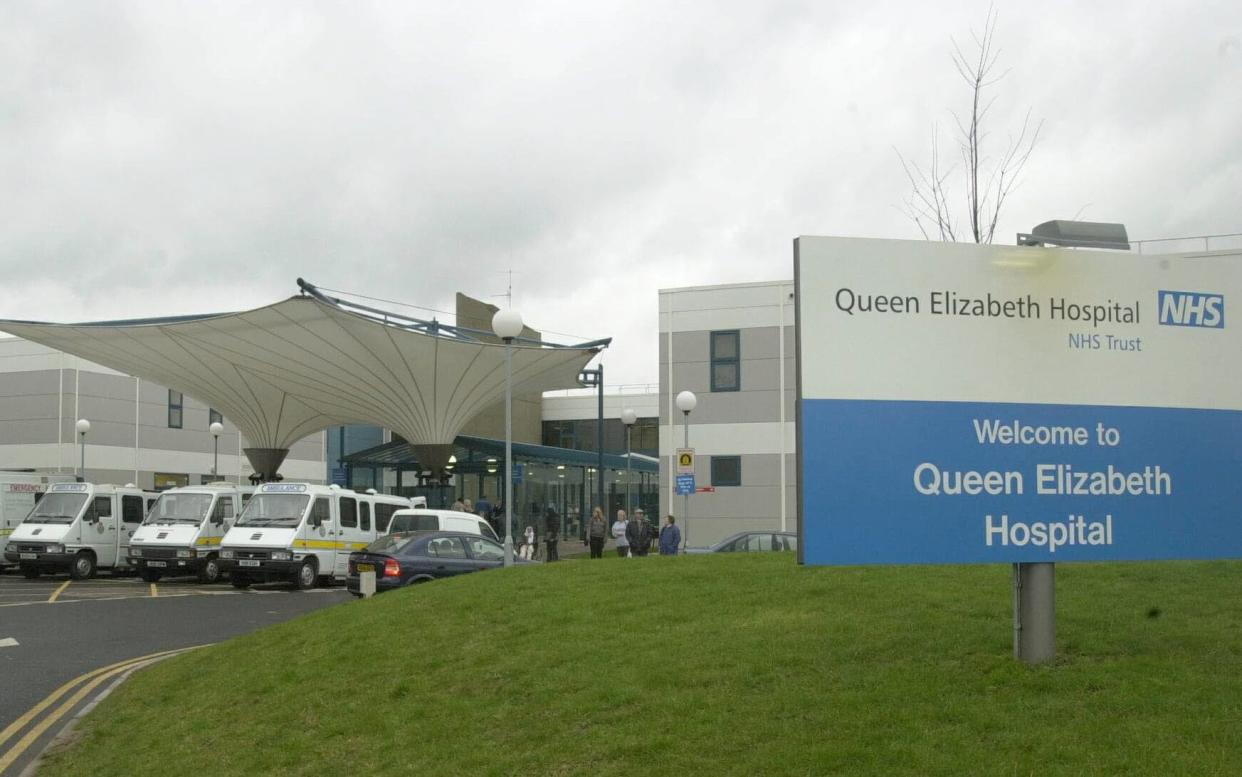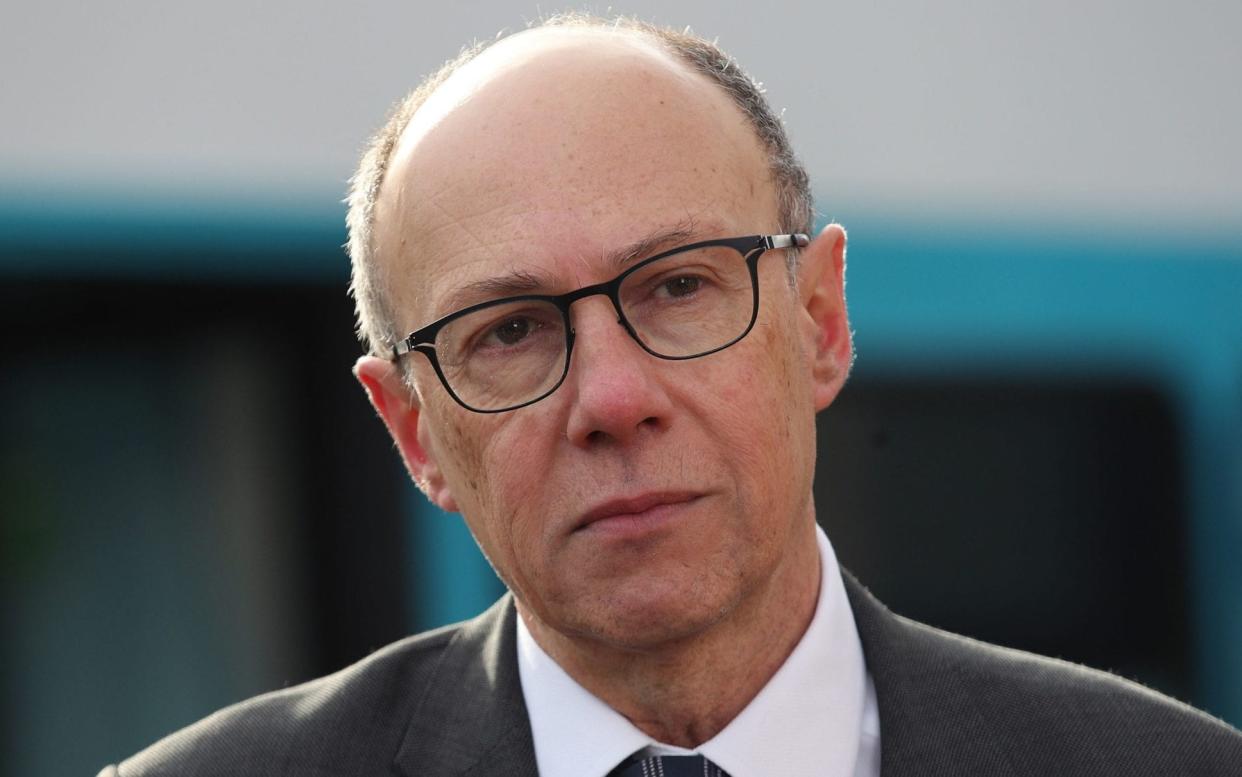Hospitals ordered to stop using physician associates to cover doctors’ shifts

NHS England has ordered hospitals to stop using physician associates (PAs) on doctors’ rotas.
Officials wrote to trusts this week to say that such staff are “not substitutes” for medically trained professionals – and should never be used as “replacements” to cover doctors’ shifts.
The move comes as The Telegraph can reveal that the rotas at more than 30 hospitals show physician associates taking on doctors’ shifts.
Ministers and NHS executives have repeatedly claimed that PAs and anaesthesia associates (AAs) are not being used to replace doctors.
However, The Telegraph has seen leaked rotas and other documentation from 31 NHS hospitals in England that uncovers a widespread practice of placing non-medics on rotas traditionally reserved for doctors.
Despite only receiving two years’ training and being unable to prescribe, both PAs and AAs can be seen picking up similar shifts to medics, in some cases reviewing patients independently.
At 13 hospitals, doctors’ work appears interchangeable with those of associates, with the A&E department at St George’s Hospital, in Tooting, London, advising that new junior doctors and PAs “can all swap with one another”.
The leaks show that 10 hospitals used PAs and AAs to fill gaps in the medic roster caused by sickness.
Nine used them as on-call senior house officers (SHOs) – junior doctors with at least one year’s experience – and two even gave them emergency “bleeps” to respond to potentially life-threatening situations.
In 10 hospitals, PAs counted towards the minimum safe number of medics on shift.
NHS trusts have a legal duty to provide enough suitably qualified staff to meet patients’ needs, but there is no set formula to calculate the required doctor-patient ratio.
Whistleblowers claim that any substitution of doctors is a risk to patient safety, especially out of hours.
The roster for the Hospital of St Cross in Rugby reveals that on Friday March 15 the “on-call cover anaesthetist” shift will be filled not by an anaesthetic doctor, but by an anaesthesia associate.
‘Last resort’
In response to The Telegraph’s findings, NHS England has this week written to all trusts warning them that “PAs should not be used as replacements for doctors on a rota”.
The letter said: “It is important to emphasise that PAs are not substitutes for doctors; rather, they are specifically trained to work collaboratively with doctors and others as supplementary members of a multidisciplinary team.”
The Telegraph’s revelations come as the Royal College of Physicians opens voting on five measures that would curtail the scope and delay expansion of PAs proposed at a closed extraordinary general meeting on March 13.
During the closed debate, college fellow Dr David Nicholl reported a conversation with a doctor who had been told by a hospital manager that: “We don’t need to answer to anyone about using PAs on doctors’ on-call rota. We don’t need to answer to you.”
If all motions pass, Dr Nicholl told The Telegraph it would “call into question the sustainability of NHS England’s Long Term Workforce Plan” – under which associate numbers will increase almost fourfold to 12,000 by 2036/37.

The measures are advisory, but it would be challenging for NHS England and the health department to push ahead with PA and AA expansion against the wishes of the medical professional body.
The Telegraph previously revealed that PAs had prescribed controlled drugs including opioids without legal authorisation, and that doctors at a third of hospital trusts claimed to have seen PAs misrepresent themselves as qualified medical professionals.
‘Patient safety scandal’
At the Queen Elizabeth Hospital in Woolwich, London, The Telegraph found a PA working both on a non-doctor rota and taking a locum shift as a junior medic, which the trust described as rare and a last resort “to ensure patient safety”.
While at Salford Royal in Pendleton, an associate covered shifts in trauma and orthopaedics when the SHO caught Covid.
The hospital said this was “unplanned help”.
Prof Philip Banfield, the British Medical Association’s council chairman, called on the Health Secretary to launch an “independent inquiry to uncover the full extent of what is essentially a patient safety scandal”.
“Only last month, NHS England’s national medical director, Prof Sir Stephen Powis, said: ‘PAs are not doctors, and cannot and must not replace doctors’ – a sentiment repeated by health minister Andrew Stephenson in the House of Commons,” he added.
The professor said that the evidence The Telegraph has uncovered “appears to be the exact opposite”.
“Victoria Atkins [the Health Secretary] has a duty to patients and a duty to medically qualified staff to establish how widespread this practice is and, more importantly, stop it,” he said.

King’s College Hospital in south London is the biggest tertiary liver transplant centre in the country – and its rota shows a PA working in place of an SHO doctor.
A staff member familiar with the service said: “The PA is definitely counted towards the minimum staffing of two doctors for the general hepatology and post-transplant sub-teams.
“There are times when the PA covers the long day-twilight on-call shifts, meaning that they are the sole staff member covering that sub-team out of hours. There is also no senior on site during those hours, meaning that the PA must ask members of other teams to prescribe for them.”
In response to this investigation, Prof Powis wrote to all hospital executives instructing them to audit rota software and undertake “department-specific assessment[s] to establish safe minimum staffing levels”.
‘Not replacements’
Many rotas seen by The Telegraph do not clearly distinguish between doctors and PAs, for example, by putting any credentials in illegible superscript, or omitting them entirely.
As a result, the national body has ordered all hospitals “to ensure that the full name and job title of each healthcare professional, including physician associates, are prominently visible on any rota system”.
A spokesman said this new guidance is in addition to the NHS’s expectation that PAs and AAs should work “under the supervision of a doctor and within the scope of their practice”.
From August 2023 onwards, it is clear that a line in the rota for the acute medical unit at St George’s Hospital previously ring-fenced for “twilight” SHO doctors has been replaced with one for PAs. The trust insisted that PAs “do not replace our junior doctors”.
Medics also say having PAs on the doctors’ rota is inefficient.
At the ambulatory assessment unit in Oxford’s John Radcliffe Hospital, associates work shifts that had previously been assigned to doctors.

A senior medic familiar with the department said: “It generates more work for registrars and consultants who generally feel that PA assessments are less reliable, hence requiring a registrar or consultant to re-review the patient, prescribe everything and request all scans – by which time the senior doctor might as well have seen the patient themselves.”
Addressing The Telegraph’s findings, a Department of Health and Social Care spokesman explained there is an expectation for local services to adhere to national policy.
“We have been clear that the role of associates is to work with doctors, not to replace them, and we expect healthcare organisations to have robust clinical governance processes in place to ensure associates are working with the appropriate level of oversight and supervision,” he said.
Trusts said associates have a named consultant supervisor and work within a locally defined “scope of practice”.


